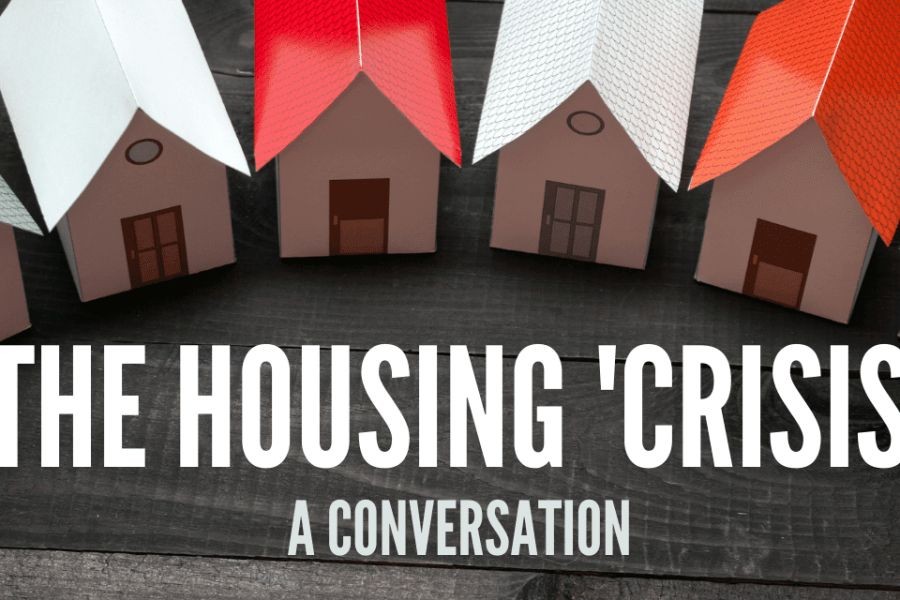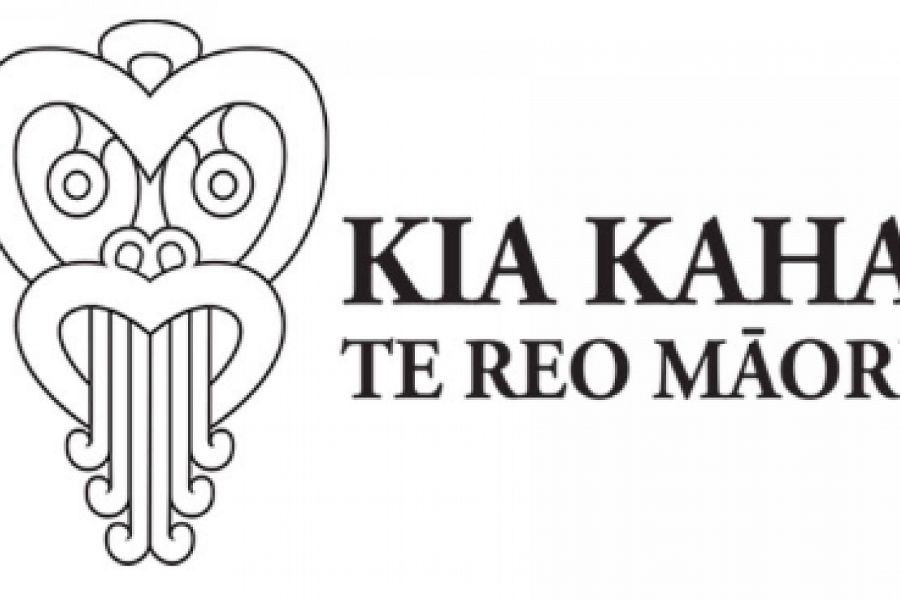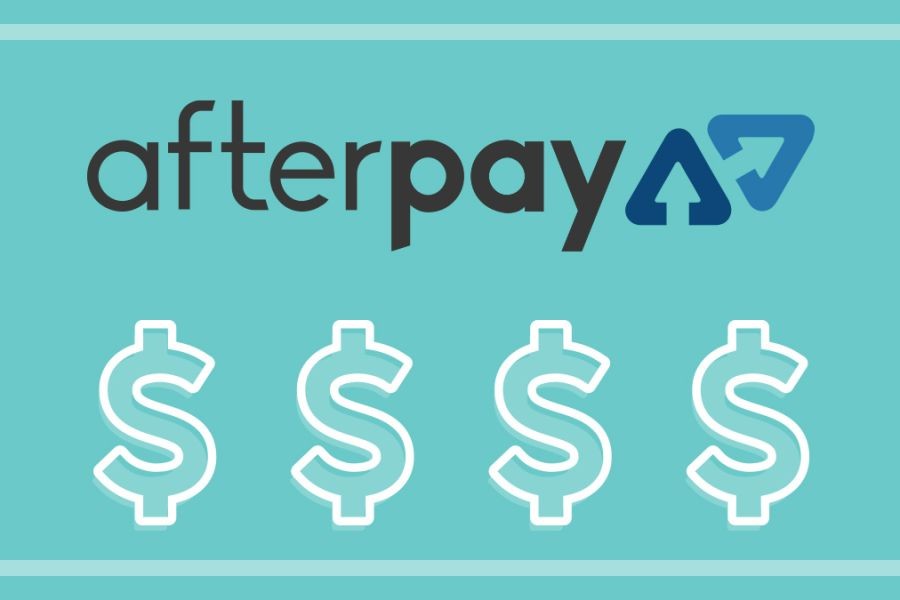New Zealand stands on the precipice of a financial revolution. As nations like Sweden and China surge toward cashless economies, New Zealand’s journey is marked by rapid fintech innovation, booming mobile payment adoption, and a growing fascination with cryptocurrencies. But will cash disappear entirely, or will it persist as a relic of the past? This article delves into the economic forces, technological advancements, and societal attitudes shaping New Zealand’s path to becoming a cashless society—or not.
Historical Context: From EFTPOS to the Digital Age
New Zealand’s reputation as a payments pioneer began in the 1980s with the nationwide rollout of EFTPOS (Electronic Funds Transfer at Point of Sale). By 1993, 60% of retail transactions were card-based, a stark contrast to global peers. Fast-forward to 2022, and cash accounted for just 9% of all transactions, down from 63% in 2009 (Reserve Bank of New Zealand). The COVID-19 pandemic acted as a catalyst: contactless payments via services like PayWave surged by 40% in 2020, cementing digital dominance.
This trajectory mirrors global trends but is uniquely Kiwi. Unlike Sweden’s top-down government-driven cashless push, New Zealand’s shift has been organic, driven by consumer preference and private-sector innovation.
Current Trends Driving the Cashless Movement
Fintech Revolution:
New Zealand’s fintech sector secured $220 million in funding in 2023, with startups like Crimson (AI-powered fraud detection) and Dolla (cross-border remittance platforms) leading the charge. The Reserve Bank’s 2023 regulatory sandbox has accelerated blockchain experimentation, including pilot projects for decentralized finance (DeFi) solutions.Mobile Wallets Take Over:
Apple Pay, Google Wallet, and local platforms like POLi dominate daily transactions. Over 60% of New Zealanders under 40 use mobile wallets weekly (Stats NZ, 2023), while even farmers’ markets now sport QR code payment options.Cryptocurrency Gains Ground:
Crypto adoption grew 25% year-on-year from 2022–2023, with platforms like Easy Crypto reporting a 50% increase in first-time buyers. Stablecoins are increasingly used for cross-border trade with Asia, reducing forex fees for SMEs.
Expert Analysis: Opportunities and Pitfalls
Dr. Jane Foster, Fintech Economist at Auckland University, cautions:
“A fully cashless New Zealand risks excluding 17% of the population—primarily rural communities and seniors—who lack reliable internet or digital literacy. Financial inclusion must precede innovation.”
Conversely, Mark Peterson, CEO of Blockchain NZ, argues:
“Cryptocurrencies and decentralized systems empower the unbanked. Imagine a Māori-led digital currency bridging gaps in traditional banking—this is where real transformation lies.”
Predictive Scenarios: What Might 2030 Look Like?
Using predictive modeling based on current adoption rates, two scenarios emerge:
Optimistic Scenario (Cash <2% by 2030):
A Central Bank Digital Currency (CBDC) launches, integrated with renewable energy incentives (e.g., carbon credits via blockchain). Contactless payments become universal, even in remote areas, thanks to Starlink-powered internet.Cautious Scenario (Cash 10–15%):
Privacy concerns and systemic distrust keep cash alive. Natural disasters like Cyclone Gabrielle (2023) expose digital fragility, prompting households to hoard physical currency as a backup.
Global Lessons: What NZ Can Learn
Sweden’s Cautionary Tale: Despite being 95% cashless, backlash from elderly citizens forced banks to retain cash services.
China’s Dual Reality: Mobile payments (Alipay/WeChat) dominate, but heavy crypto bans stifle innovation.
Key Takeaway: Balance innovation with safeguards. NZ’s smaller scale allows agile, community-focused solutions.
The Psychology of Cash: Why It Still Matters
A 2023 ASB Bank survey revealed that 34% of Kiwis distrust digital systems, citing cybersecurity fears. Cash also symbolizes autonomy:
Small Businesses: Many oppose transaction fees (e.g., 1.5% card surcharges) that eat into margins.
Cultural Significance: Cash remains integral to Māori traditions like koha (gifts), where digital transfers feel impersonal.
Recommendations: Building an Inclusive Cashless Future
For Businesses:
Offer hybrid payment options (cash + digital).
Adopt low-fee crypto gateways (e.g., NZDC stablecoin) for international trade.
For Government:
Invest in rural digital infrastructure (e.g., satellite internet).
Launch fintech literacy programs for seniors.
For Consumers:
Use biometric security (e.g., fingerprint-auth wallets).
Diversify assets with regulated crypto exchanges like Easy Crypto.
Conclusion: Your Voice Shapes the Future
The question isn’t if New Zealand will go cashless, but how. Will it emulate Sweden’s speed, China’s scale, or carve its own path? The answer lies in balancing innovation with empathy—ensuring no one is left behind in the digital rush.
What’s your take?
Are you ready to ditch cash for good?
Or do you fear losing financial autonomy?
Join the conversation below. Share this article. Debate. Decide. The future of money is being written—and your perspective matters.
Keywords: Cashless society, digital payments, fintech, mobile payments, cryptocurrency adoption, New Zealand, predictive modeling, economic trends.































RafaelaMcK
2 months ago